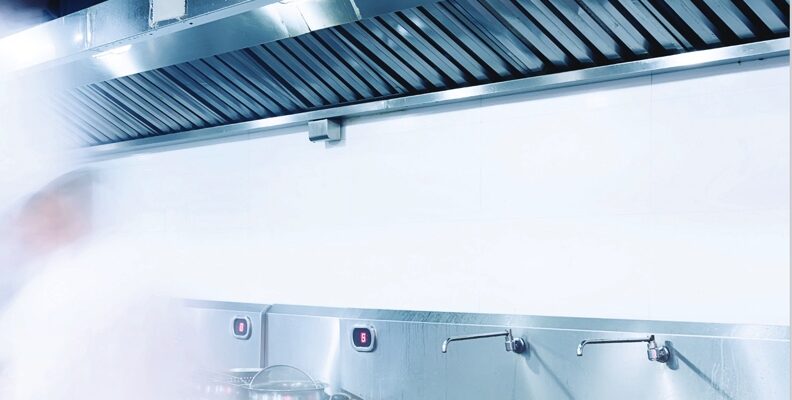What are Ecology Units and Why Are They Used?
Ecology units are ventilation devices designed to clean oily and dirty kitchen air before it is discharged outside through kitchen exhaust systems. With the increase in environmental problems in the 21st century, there have been serious restrictions on the discharge of industrial waste into the environment, especially on the emission of flue gas and kitchen exhaust systems. Some particles and Volatile Organic Compounds (VOCs) emitted from kitchen exhaust systems contribute to pollution. Therefore, in many countries, regulations issued by Environmental Ministries prohibit the emission of odorous gases into the atmosphere.
The ‘all-in-one’ concept introduced in large cities for living spaces causes some problems in air quality. This is due to the intensive kitchen exhausts from dining areas in new living projects and large restaurants, affecting the health of people in homes, restaurants, hotels, and indoor spaces located very close to living areas.
Without precautions, the accumulation of substances such as grease, soot, and smoke in exhaust duct equipment during cooking increases the risk of fire over time. In addition to the fire hazard, the buildup of these substances in the ducts can cause blockages in exhaust fans and filters, rapidly dirtying the ducts and increasing operational costs.
To address all these issues, standards such as the German VDI 2052 and the British DW/172 have been established for kitchen exhaust systems. In addition to these standards, DEFRA (Department of Environment, Food & Rural Affairs) in the UK emphasizes certain aspects related to these systems.
When the Environmental Protection Act of 1990 was enacted in the United Kingdom to control pollution arising from industrial processes, it empowered various institutions in the country to implement their pollution levels at the enforcement point. The Act came into force as a law that would allow advanced control of pollution from various industrial and other processes across the United Kingdom, granting all public institutions in their respective regions the authority to enforce pollution levels.
In 2004, DEFRA requested a guidance report on the control of odor and noise from industrial kitchens from Netcen, the operational division of AEA Technology Plc. The report was prepared, and in 2005, DEFRA published the guidance.
According to DEFRA guidance, the objectives of odour control are as follows:
1. New facilities at the design stage should be designed in such a way that they do not harm the environment.
2. Existing plants that have been commissioned without odour control should be redesigned in accordance with the best practicable principles so as not to harm the environment.
In the selection of ecology units, the most important design criterion is the type of kitchen. Since the amount of grease, steam, and particles in the exhaust air will vary depending on the type of food being cooked, different models need to be selected for different types of kitchens.
Accordingly, common kitchen types can be categorized into four main classifications based on odor and grease intensity: low, medium, high, and very high intensity kitchen types.


